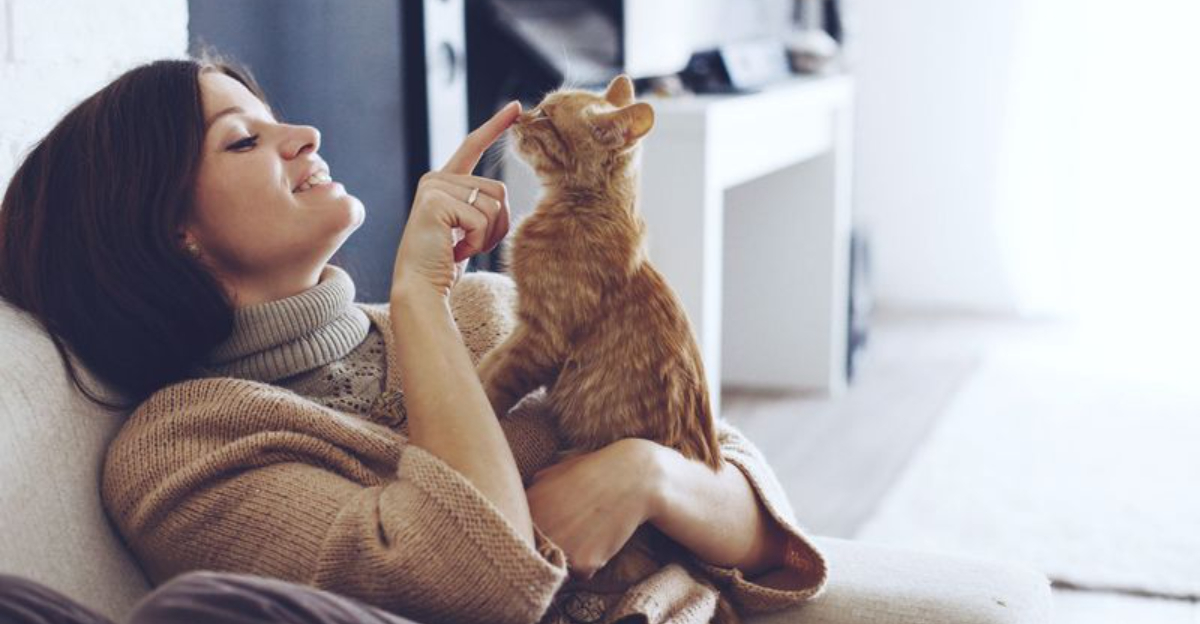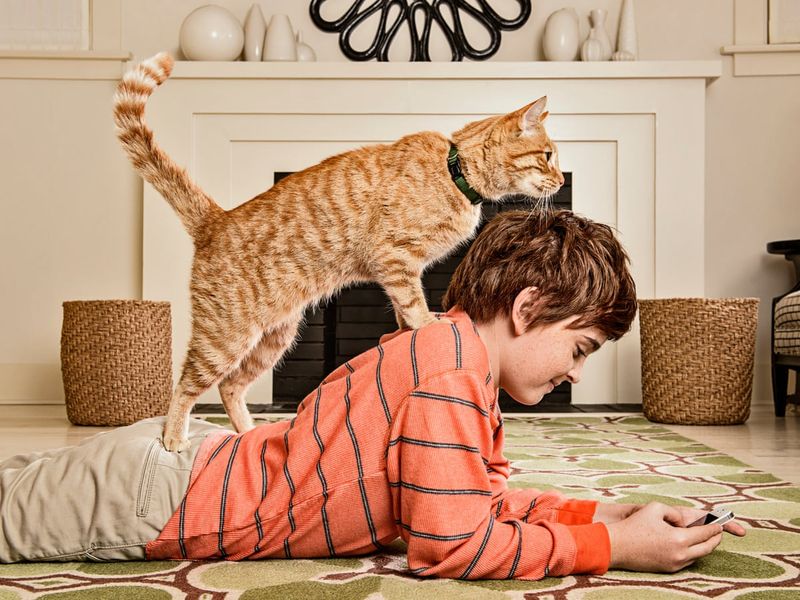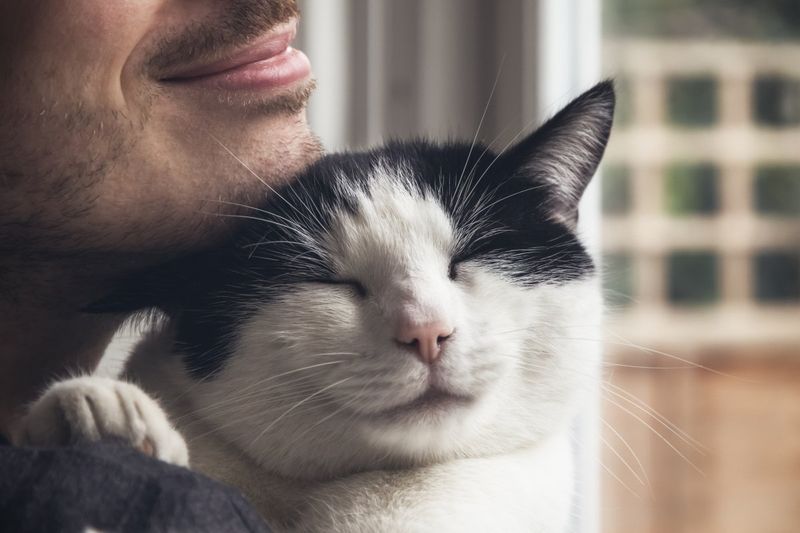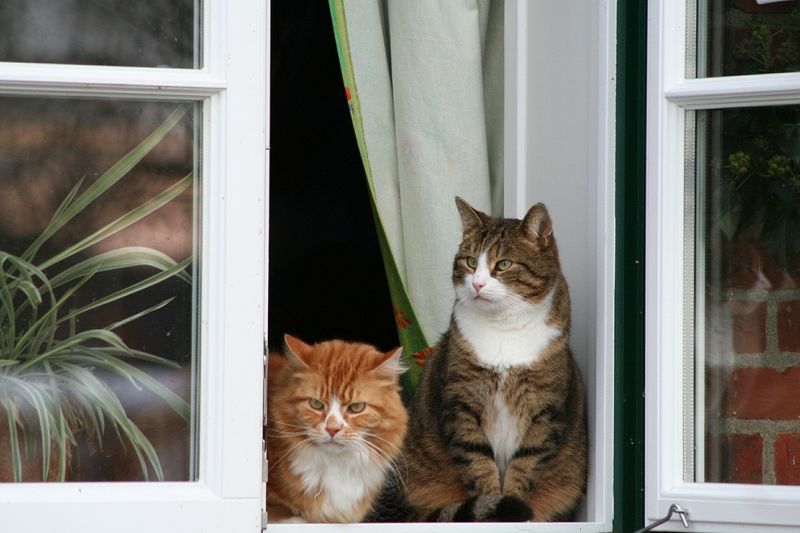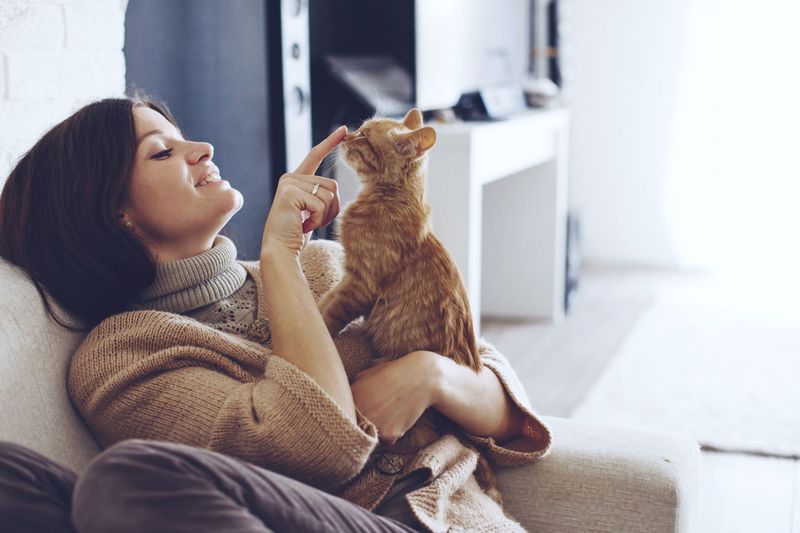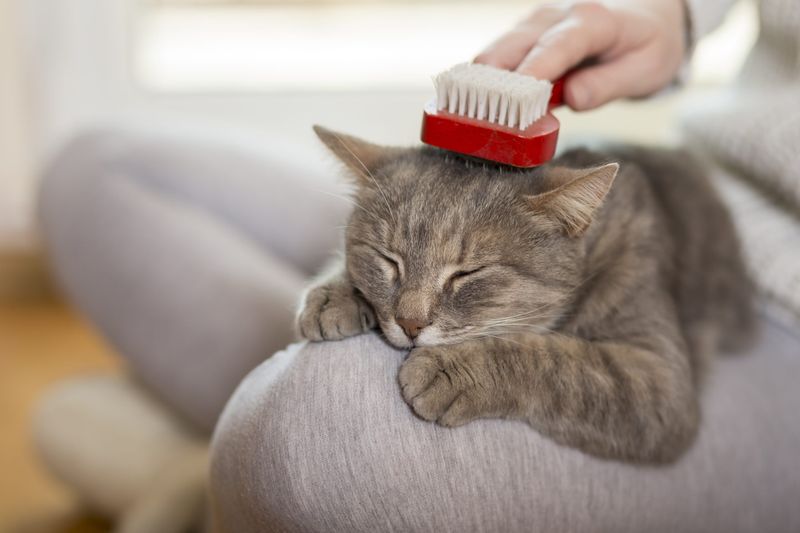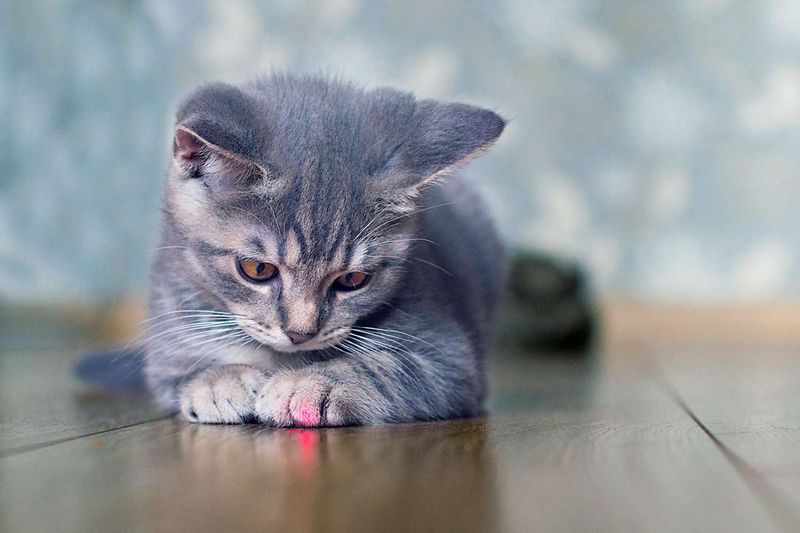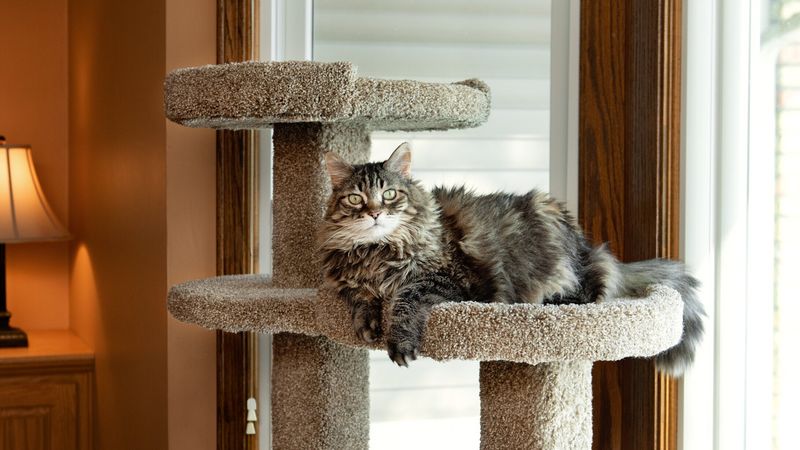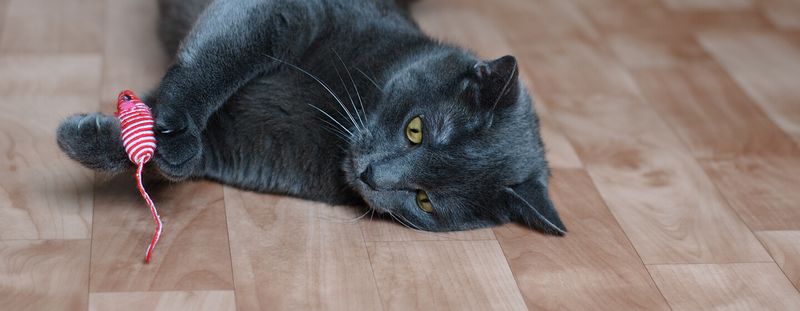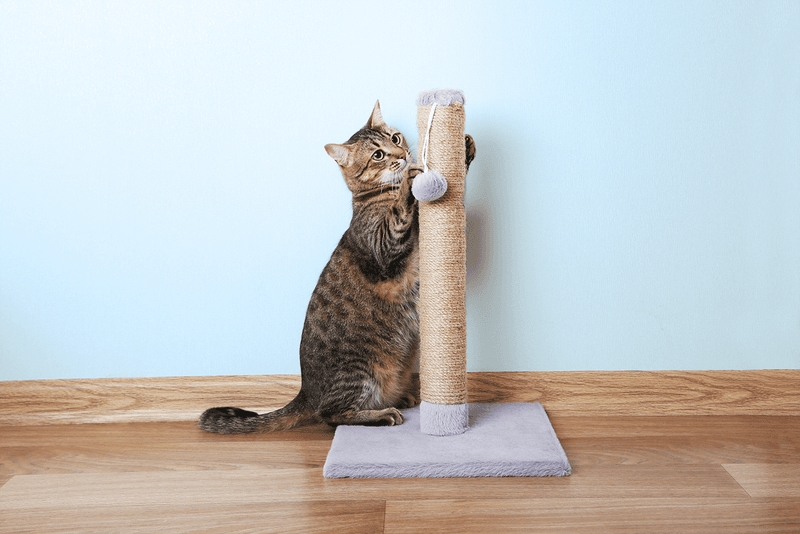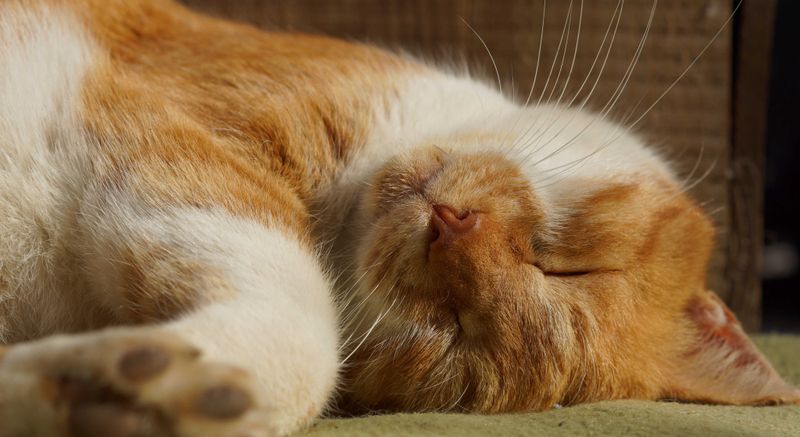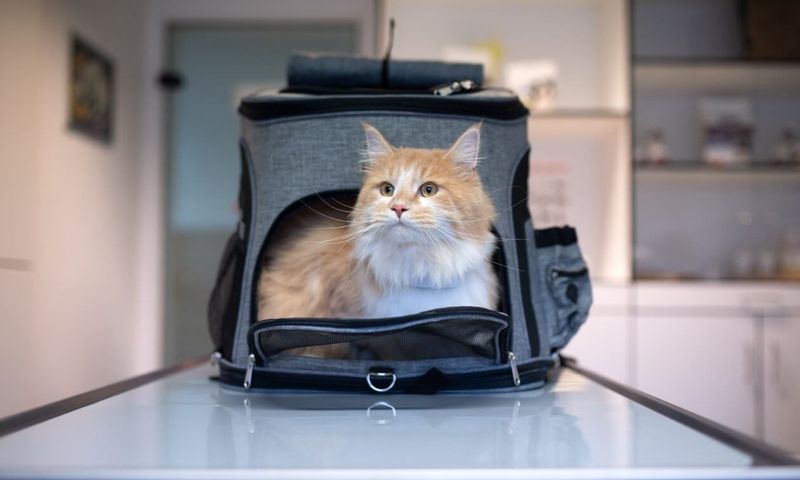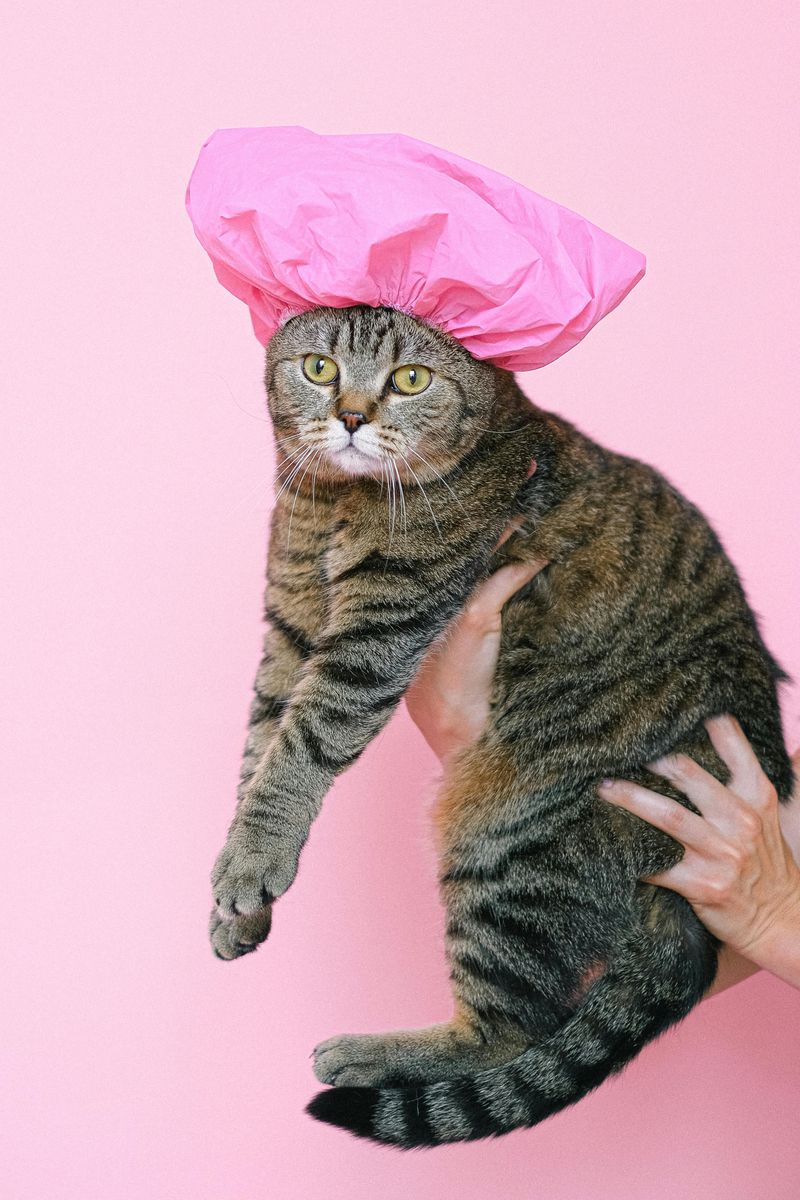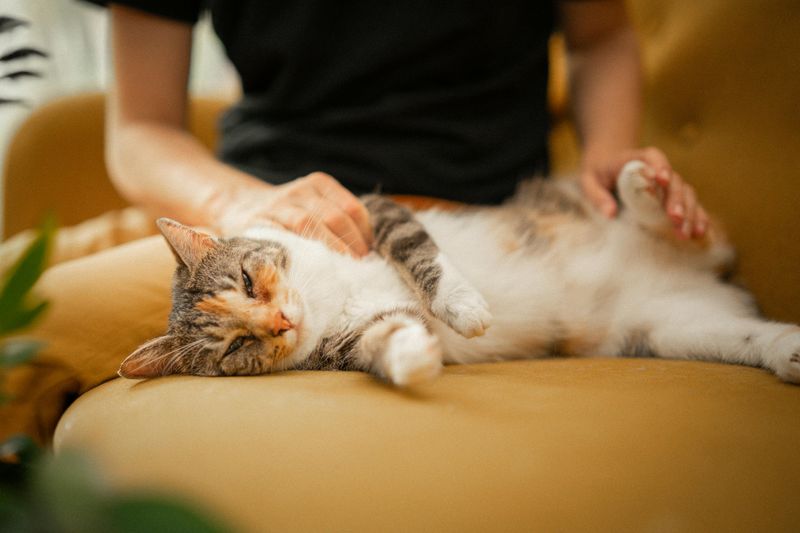📖 Table of Content:
- 1. Play With Me Like You Mean It
- 2. Respect My Personal Space
- 3. Clean My Litter Box (Seriously, Like Daily)
- 4. Give Me a Cozy Window Spot
- 5. Talk to Me (Yes, Really)
- 6. Pet Me Where I Like It
- 7. Keep My Food Fresh and Interesting
- 8. Brush Me More Often
- 9. Play the Laser Game—But Let Me “Catch” It Too
- 10. Give Me High Places to Climb
- 11. Rotate My Toys—I Get Bored Fast
- 12. Scratch Posts Aren’t Optional
- 13. Respect My Nap Schedule (It’s Sacred)
- 14. Make Vet Visits Less Traumatizing
- 15. Groom Me With Love, Not Force
- 16. Just Be Present With Me
Cats may be famously independent, but any seasoned cat parent knows that behind those aloof stares and lazy afternoon naps lies a creature with plenty of unspoken needs. While they may not demand attention the way dogs do, cats thrive on subtle routines, environmental enrichment, and thoughtful care that often go overlooked in day-to-day life.
In fact, many cat owners—despite their best intentions—unknowingly skip over small actions that could make a huge difference in their cat’s health, happiness, and overall well-being. From more meaningful play sessions to respecting their need for quiet space, there are a handful of things our feline friends quietly crave but rarely receive consistently.
This list is all about bringing those things to light. If cats could talk, these are the 16 things they’d probably ask for more often. And chances are, adding a few of them into your routine might just deepen your bond in ways you didn’t expect.
1. Play With Me Like You Mean It
Tossing a toy once or twice isn’t enough. Your cat craves engaging, daily play sessions that tap into their hunter instincts. Imagine the thrill of a chase, the excitement in their eyes, and the satisfaction of catching their prey, even if it’s just a toy. Use a variety of toys, such as feather wands or toy mice, to keep playtime fresh and exciting. Schedule regular play sessions, making it a part of your daily routine. This helps in physical exercise and mental stimulation. So, play with your cat like you mean it, and watch them thrive in joy.
2. Respect My Personal Space
While cats enjoy affection, they also deeply value their autonomy. Crowding or picking them up when they’re not in the mood can lead to stress or avoidance. Instead of forcing interaction, allow your cat to initiate contact when they’re ready. Boundaries, when respected, build long-term trust. Every cat has different comfort zones—some love cuddles, others prefer sitting nearby without touch. Learning your cat’s preferences takes observation and patience. The reward? A stronger, more respectful bond that feels safe for both of you.
3. Clean My Litter Box (Seriously, Like Daily)
Cleanliness is non-negotiable when it comes to litter boxes. Even a slightly dirty box can lead a cat to seek alternatives—like your laundry or a corner of the rug. Scooping once a day (or more in multi-cat households) helps prevent odor and behavioral issues. A clean box communicates that their needs matter. Beyond daily scooping, don’t forget weekly full cleanings with fresh litter and a gentle scrub. Some cats can be so sensitive to cleanliness, they’ll avoid the box if it’s even slightly soiled. Simply put, litter hygiene is a major part of keeping both your cat—and your home—happy.
4. Give Me a Cozy Window Spot
A sunny window with a view is prime real estate in a cat’s world. Watching birds, people, and leaves fluttering in the breeze provides endless enrichment. If your cat lacks access to a window perch, they may miss out on one of their favorite forms of entertainment. Consider adding a soft cushion or a suction-cup perch to elevate their lounging experience. Even small apartments can offer prime cat TV with the right setup. Beyond mental stimulation, window time offers warmth, comfort, and a sense of control over their environment. It’s a simple upgrade that brings daily joy.
5. Talk to Me (Yes, Really)
Your cat may not respond with words, but they do recognize your voice and tone. Speaking to them regularly can create familiarity, trust, and even a stronger emotional connection. Whether you’re narrating your morning routine or saying their name with affection, your voice can be incredibly soothing. Cats are excellent at picking up subtle vocal cues, so calm, gentle speech can help them feel secure. Some studies suggest that cats can even differentiate between their owner’s voice and strangers’. Over time, talking to your cat becomes a bonding ritual—one that brings more comfort than you might expect. It’s communication that transcends language.
6. Pet Me Where I Like It
Petting a cat isn’t a free-for-all—it’s an art. Most cats prefer specific areas, like behind the ears, under the chin, or along the back, while others dislike being touched on the belly or tail. Observing their body language is key to knowing what’s welcome and what’s not. Ignoring their cues can lead to sudden swats or fleeing. Every cat has a unique “petting map,” and learning it is part of building mutual respect. When you get it right, the rewards are obvious: purrs, head butts, and slow blinks. Thoughtful touch strengthens the trust between you and your cat.
7. Keep My Food Fresh and Interesting
Cats can be surprisingly picky when it comes to food. Stale kibble or monotonous meals might lead to disinterest, fussiness, or even refusal to eat. Offering occasional variety—whether in flavor, texture, or toppers—can reignite their enthusiasm for mealtime. It doesn’t mean changing their diet constantly, but rotating safe options helps. Fresh water is just as important; some cats prefer fountains because they mimic running water in nature. Paying attention to food quality and presentation shows care for their health and happiness. Small upgrades to feeding routines can have a big impact on appetite and mood.
8. Brush Me More Often
Regular grooming isn’t just about looking good—it’s essential for your cat’s health. Brushing helps prevent matting, reduces shedding, and cuts down on hairballs. While some cats resist at first, introducing brushing slowly and gently can turn it into a bonding activity. Long-haired breeds especially need routine grooming to avoid painful tangles. Even short-haired cats benefit from occasional brushing to stimulate the skin and distribute natural oils. With the right brush and approach, it becomes a relaxing ritual. Your cat will thank you with fewer tangles—and possibly fewer fur tumbleweeds around the house.
9. Play the Laser Game—But Let Me “Catch” It Too
Laser toys are a favorite for good reason: they trigger your cat’s natural chase instincts in an exciting way. But endless chasing with no payoff can lead to frustration. To keep it satisfying, end each session by switching to a toy they can actually catch. This mimics the full “hunt-catch-kill” cycle cats crave. Without that closure, your cat may feel unsettled or even more hyper. Use lasers as part of a balanced play routine, not the only toy. It’s the thrill of the chase and the satisfaction of the win that truly matters.
10. Give Me High Places to Climb
Cats instinctively seek high ground to observe their surroundings and feel safe. Without vertical space, they may feel vulnerable or bored—especially in multi-pet homes. Cat trees, shelves, or window ledges offer the perfect solution. These perches allow your cat to retreat, watch the action, or simply nap in peace. If you live in a smaller space, even a cleared bookshelf or top of a wardrobe can be transformed into a cozy lookout. Climbing also offers a form of exercise and mental stimulation. Creating vertical options is a simple way to meet one of their most primal needs.
11. Rotate My Toys—I Get Bored Fast
Cats can quickly lose interest in toys that are always left out. A forgotten mouse or feather wand might be completely ignored today, but feel brand new next week. By rotating toys every few days, you keep things novel and engaging. Store unused toys in a box and swap them out regularly to renew excitement. This also prevents overexposure and overstimulation from one type of play. Even better—occasionally “hide” toys around the home to tap into their hunting instincts. Variety keeps boredom at bay and makes playtime more fulfilling.
12. Scratch Posts Aren’t Optional
Scratching isn’t bad behavior—it’s essential. It helps cats stretch, mark territory, and keep their claws healthy. Without appropriate scratch surfaces, they’ll find alternatives like your couch or carpet. Providing sturdy posts, both vertical and horizontal, gives them options that suit their preferences. Location matters: scratching posts should be placed where your cat actually spends time, not hidden in the basement. Rewarding them for using it with praise or treats reinforces the habit. When cats have designated places to scratch, everyone wins.
13. Respect My Nap Schedule (It’s Sacred)
Cats sleep up to 16 hours a day, and those naps are crucial to their health and mood. Interrupting their rest—especially during deep sleep—can lead to irritability or anxiety. Give your cat quiet, safe spaces where they can nap undisturbed. That cozy box in the closet or the sunny corner of the couch? It’s sacred ground. Try to avoid picking them up or moving them unless absolutely necessary. A well-rested cat is more affectionate, less stressed, and generally better behaved. Let sleeping cats lie—it’s more important than it seems.
14. Make Vet Visits Less Traumatizing
The carrier often signals stress, especially if it only comes out for vet trips. Leaving the carrier out as a normal part of the home can help your cat get used to it. Adding cozy bedding and occasional treats inside also builds positive associations. Before vet visits, consider using pheromone sprays or calming aids to reduce anxiety. Talking gently and staying calm yourself makes a difference, too. For extremely anxious cats, ask your vet about fear-free techniques or mobile visits. Reducing stress around health care leads to better long-term wellness.
15. Groom Me With Love, Not Force
Grooming routines like nail trimming or ear cleaning can be stressful if rushed or done too aggressively. Introduce tools slowly, use treats for positive reinforcement, and take breaks if your cat gets anxious. Creating a calm atmosphere—maybe even using calming music—helps keep the experience peaceful. Over time, this turns grooming into something less threatening. Consistency and gentleness are key. Patience builds trust, which leads to more cooperation in the long run. When grooming feels safe, it becomes easier for both of you.
16. Just Be Present With Me
You don’t always need to entertain your cat—sometimes, simply being nearby is enough. Cats often find comfort in your quiet presence, whether you’re reading, working, or watching TV. They may curl up near you or even choose to be in the same room just to feel close. These small moments build a strong emotional bond. Unlike dogs, cats don’t always demand attention, but they definitely notice when you’re around. Make space in your day to just exist with them, no pressure or expectations. Companionship in its simplest form goes a long way with cats.
